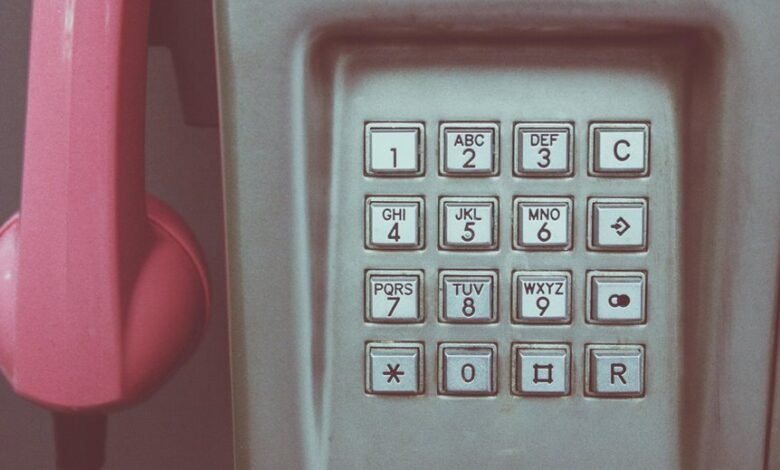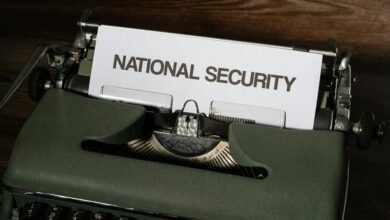Trace Suspicious Contact 3278922853, 3889905322, 3470254282, 3209591803, 3663049675, 3509254416

The presence of suspicious contact numbers such as 3278922853, 3889905322, and others raises significant concerns about potential scams. Analyzing these numbers is crucial for identifying fraud attempts. Various tools exist for tracing unknown numbers, yet many individuals remain unaware of their utility. Understanding common scam indicators can further aid in recognizing threats. What specific steps should one take upon receiving such communications? The answer may reveal essential strategies for protection.
Understanding Suspicious Calls and Messages
Although communication technology has significantly advanced, the prevalence of suspicious calls and messages remains a pressing concern.
Analyzing suspicious behavior patterns is crucial for identifying potential threats. Caller identity verification methods can mitigate risks by ensuring that communications originate from legitimate sources.
Users must remain vigilant, employing critical thinking to discern genuine contacts from deceptive communications, thereby safeguarding their personal information and freedom.
Tools for Tracing Unknown Numbers
Tracing unknown numbers has become increasingly feasible with the advent of various technological tools designed for this purpose.
Reverse lookup services enable users to identify callers by entering phone numbers, yielding details such as names and addresses.
Additionally, caller identification applications provide real-time information about incoming calls, empowering users to make informed decisions regarding suspicious contacts and enhancing personal security.
Common Types of Scams and Their Indicators
Scams proliferate in various forms, each characterized by specific indicators that can help individuals recognize potential fraud. Common types include phishing, lottery scams, and tech support fraud, often marked by unsolicited communication, urgency, and requests for personal information.
Implementing scam prevention tips, such as verification and skepticism, is crucial. Always report scams to authorities to aid in combating these fraudulent activities effectively.
Steps to Take if You Receive Suspicious Communications
Receiving suspicious communications can raise immediate concerns regarding personal security and potential fraud.
Individuals should document the communication, including date and time, and refrain from responding.
Following established reporting procedures, such as notifying relevant authorities or service providers, is crucial.
Prioritizing personal safety, one should consider blocking the contact and remain vigilant for further suspicious activity, ensuring informed decision-making in response to threats.
Conclusion
In the labyrinth of modern communication, navigating suspicious calls requires vigilance akin to a lighthouse guiding ships through treacherous waters. By utilizing advanced reverse lookup services and caller identification tools, individuals can illuminate the shadows cast by unknown numbers. Recognizing the telltale signs of scams empowers one to shield themselves from potential threats. Documenting interactions and reporting fraudulent attempts not only fortifies personal safety but also contributes to a collective defense against the rising tide of deceitful practices.




